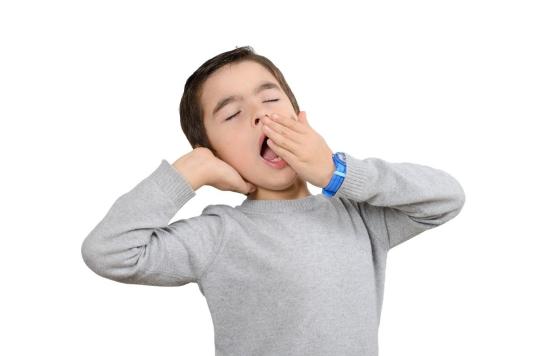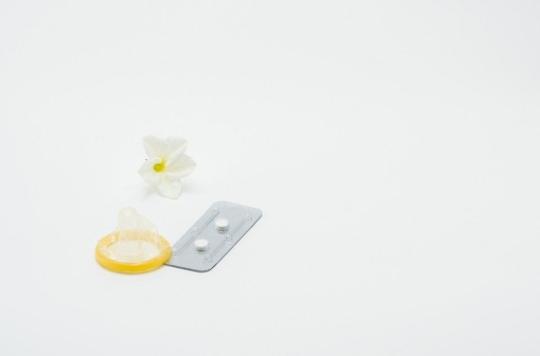While it is true that this archaic reflex is associated with our state of alertness, yawning is not just a sign of sleep and rather predicts a change in activity.

Yawning doesn’t necessarily mean it’s time to sleep, or too early to wake up. Upon waking up, when the brain and body are getting back on track, yawning has nothing to do with a night that is too short, because it stimulates our vigilance and is accompanied by stretching, sometimes even erections…
But we also yawn when we want to sleep, and there, it is undeniable, there is a drop in vigilance. In this case, it would serve to revive our activity and stimulate our brain. Indeed, it has long been thought that yawning helps oxygenate the brain, through the deep sip of fresh air it inhales. For others, it would allow the maintenance of a good inflation of the lungs. As for Hippocrates, he thought that this reflex allowed the evacuation of fever as a chimney evacuates smoke. In fact, yawning is absolutely banal and it must be admitted, all of the above is only a hypothesis, and we do not really know what it is for.
Its frequency increases in the car when you have a heartache, during pregnancy, when the stomach is full, but also during sometimes serious neurological diseases. This is for example one of the signs of carbon monoxide poisoning, or even in the case of certain meningitis.
Even the fetus yawns… One thing is certain, there is no yawning center in our brain; everyone yawns, and at all ages. Man and animal; the infant or the old man; the fetus from the 11th week in the mother’s womb; mammals such as reptiles, including birds. And we all do the same: wide opening of the mouth, deep inspiration to widen the airways, all accompanied by contractions of the face.
If scientists still do not know why this mechanism comes into play, they know even less about its contagiousness. Because it is undeniable that as soon as someone starts to yawn, it triggers a whole chain of unconscious imitations… and it is said – it is popular tradition – that a good yawner yawns seven. We leave it to you verify this scientific data.















